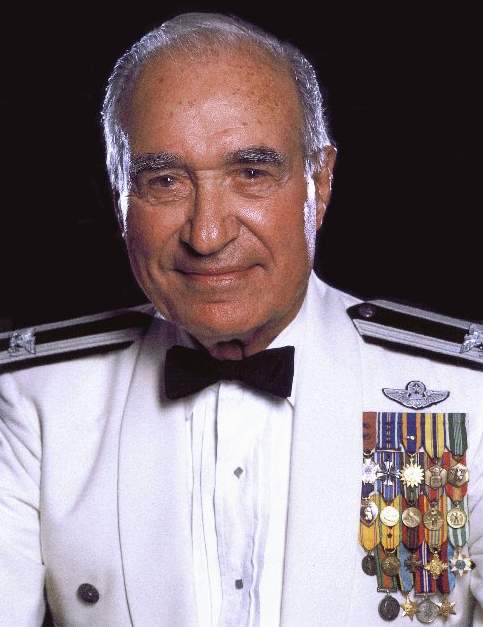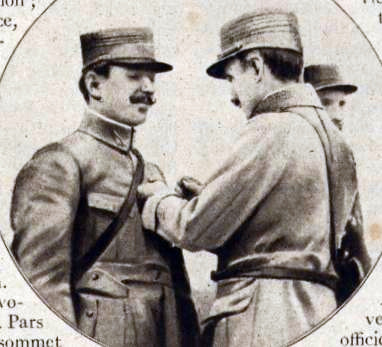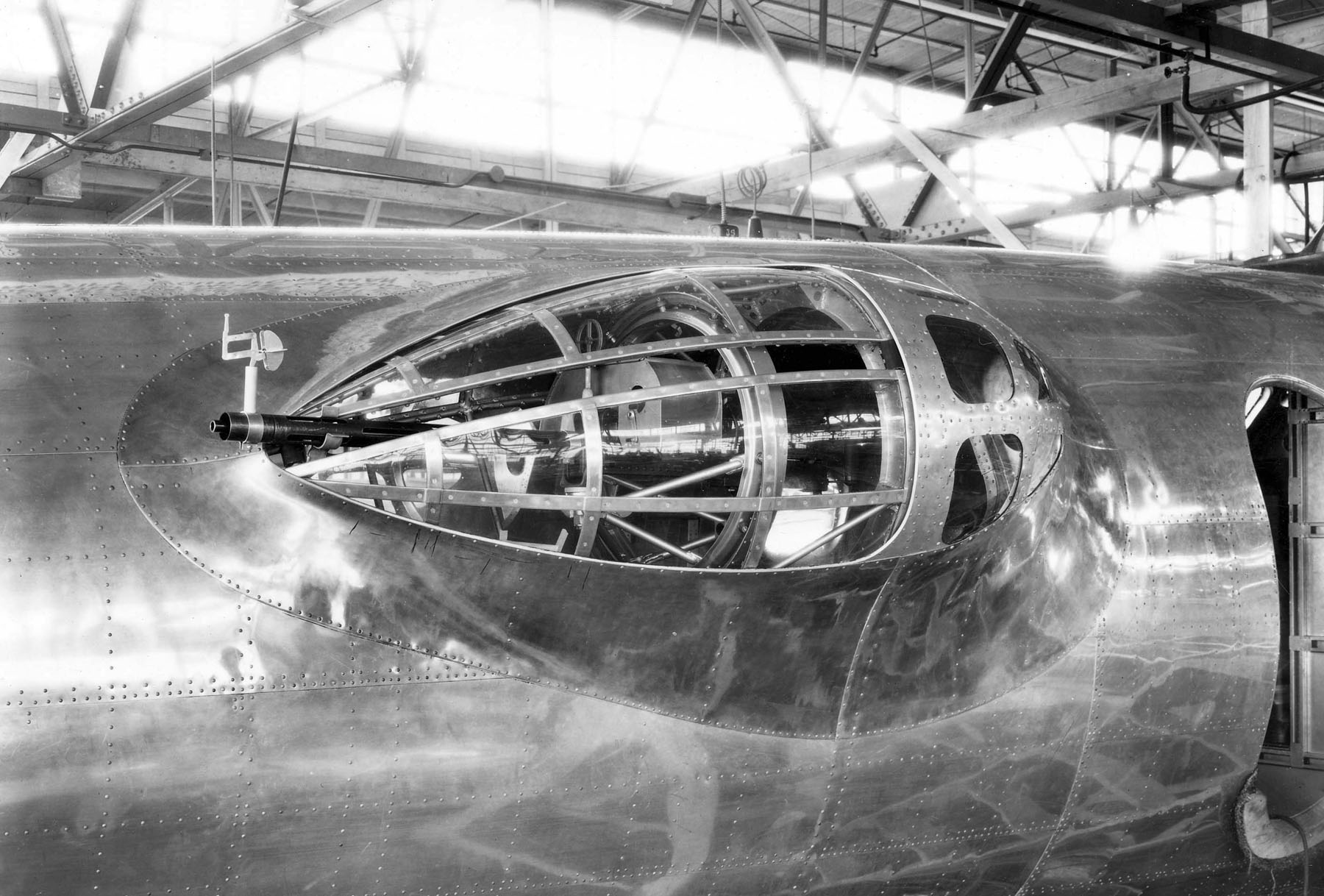|
Steve Pisanos
Steven Nicholas Pisanos (born Spiros Pisanos (); November 10, 1919 – June 6, 2016) was a Greek-American aviator and flying ace who served as a fighter pilot with the British Royal Air Force (RAF) and later the United States Army Air Forces in World War II. He was credited with shooting down 10 enemy aircraft while flying with the American 4th Fighter Group. Post-war, he achieved the rank of Colonel (United States), colonel in the United States Air Force, flew in the Vietnam War and, by the end of his career in 1974, had received 33 decorations and distinctions. His autobiography, ''The Flying Greek'', was published in April 2008. Early life Pisanos was born in Metaxourgeio, Athens, Greece. The son of a railroad engineer, he was fascinated as a young boy by the sight of a Greek biplane maneuvering over his head in Kolonos and became obsessed by the wish to become a flyer. For the time being, he had to settle for frequent trips to a military aerodrome in the north of Athens, Dekeli ... [...More Info...] [...Related Items...] OR: [Wikipedia] [Google] [Baidu] |
Metaxourgeio
Metaxourgeio or Metaxourgio ( ), meaning "silk mill", is a neighbourhood of Athens, Greece. The neighbourhood is located north of the historical centre of Athens, between Kolonos to the west and Plateia Vathi to the east, and north of Kerameikos. Metaxourgeio is frequently described as a transition neighbourhood. After a long period of abandonment in the late 20th century, the area is acquiring a reputation as an artistic and fashionable neighbourhood due to the opening of many art galleries, museums, and trendy restaurants and cafes. The centre of the neighborhood is Avdi Square, where theatres and an art gallery are located, and in which festivals and gatherings are periodically hold. History Metaxourgeio is built on the Dimosio Sima, the ancient cemetery of eminent Athenians. For centuries, the area was largely rural and stood on the outskirts of the city. The construction of the Metaxourgeio factory in the early 19th century paved the way for the neighbourhood's inclusion in t ... [...More Info...] [...Related Items...] OR: [Wikipedia] [Google] [Baidu] |
Flying Ace
A flying ace, fighter ace or air ace is a military aviation, military aviator credited with shooting down a certain minimum number of enemy aircraft during aerial combat; the exact number of aerial victories required to officially qualify as an ace varies, but is usually considered to be five or more. The concept of the "Ace (military), ace" emerged in 1915 during World War I, at the same time as aerial dogfighting. It was a propaganda term intended to provide the home front with a cult of the hero in what was otherwise a Attrition warfare, war of attrition. The individual actions of aces were widely reported and the image was disseminated of the ace as a chivalrous knight reminiscent of a bygone era. For a brief early period when air-to-air combat was just being invented, the exceptionally skilled pilot could shape the battle in the skies. For most of the war, however, the image of the ace had little to do with the reality of air warfare, in which fighters fought in formation an ... [...More Info...] [...Related Items...] OR: [Wikipedia] [Google] [Baidu] |
French Resistance
The French Resistance ( ) was a collection of groups that fought the German military administration in occupied France during World War II, Nazi occupation and the Collaboration with Nazi Germany and Fascist Italy#France, collaborationist Vichy France, Vichy regime in France during the World War II, Second World War. Resistance Clandestine cell system, cells were small groups of armed men and women (called the Maquis (World War II), Maquis in rural areas) who conducted guerrilla warfare and published Underground press, underground newspapers. They also provided first-hand intelligence information, and escape networks that helped Allies of World War II, Allied soldiers and airmen trapped behind Axis powers, Axis lines. The Resistance's men and women came from many parts of French society, including émigrés, academics, students, aristocrats, conservative Catholic Church in France, Roman Catholics (including clergy), Protestantism in France, Protestants, History of the Jews in F ... [...More Info...] [...Related Items...] OR: [Wikipedia] [Google] [Baidu] |
Chuck Yeager
Brigadier general (United States), Brigadier General Charles Elwood Yeager ( , February 13, 1923December 7, 2020) was a United States Air Force officer, flying ace, and record-setting test pilot who in October 1947 became the first pilot in history confirmed to have exceeded the speed of sound in level flight. Yeager was raised in Hamlin, West Virginia. His career began in World War II as a Private (rank), private in the United States Army, assigned to the United States Army Air Forces, Army Air Forces in 1941. After serving as an aircraft mechanic, in September 1942, he entered Enlisted rank, enlisted pilot training and upon graduation was promoted to the rank of flight officer (the World War II Army Air Force version of the Army's Warrant officer (United States), warrant officer), later achieving most of his aerial victories as a North American P-51 Mustang, P-51 Mustang fighter pilot on the Western Front (World War II), Western Front, where he was credited with shooting down ... [...More Info...] [...Related Items...] OR: [Wikipedia] [Google] [Baidu] |
B-17
The Boeing B-17 Flying Fortress is an American four-engined heavy bomber aircraft developed in the 1930s for the United States Army Air Corps (USAAC). A fast and high-flying bomber, the B-17 dropped more bombs than any other aircraft during World War II, used primarily in the European Theater of Operations. It is the third-most produced bomber in history, behind the American four-engined Consolidated B-24 Liberator and the German multirole, twin-engined Junkers Ju 88. The B-17 was also employed in transport, anti-submarine warfare, and search and rescue roles. In a USAAC competition, Boeing's prototype Model 299/XB-17 outperformed two other entries but crashed, losing the initial 200-bomber contract to the Douglas B-18 Bolo. Still, the Air Corps ordered 13 more B-17s for further evaluation, which were introduced into service in 1938. The B-17 evolved through numerous design advances but from its inception, the USAAC (from 1941 the United States Army Air Forces, USAAF) pro ... [...More Info...] [...Related Items...] OR: [Wikipedia] [Google] [Baidu] |
P-51 Mustang
The North American Aviation P-51 Mustang is an American long-range, single-seat fighter aircraft, fighter and fighter-bomber used during World War II and the Korean War, among other conflicts. The Mustang was designed in 1940 by a team headed by James H. Kindelberger of North American Aviation (NAA) in response to a requirement of the British Purchasing Commission. The commission approached NAA to build Curtiss P-40 Warhawk, Curtiss P-40 fighters under license for the Royal Air Force (RAF). Rather than build an old design from another company, NAA proposed the design and production of a more modern fighter. The prototype NA-73X airframe was completed on 9 September 1940, 102 days after contract signing, achieving its first flight on 26 October. The Mustang was designed to use the Allison V-1710 engine without an export-sensitive turbosupercharger or a multi-stage supercharger, resulting in limited high-altitude performance. The aircraft was first flown operationally and very s ... [...More Info...] [...Related Items...] OR: [Wikipedia] [Google] [Baidu] |
P-47 Thunderbolt
The Republic P-47 Thunderbolt is a World War II-era fighter aircraft produced by the American company Republic Aviation from 1941 through 1945. It was a successful high-altitude fighter, and it also served as the foremost American fighter-bomber in the Close air support, ground-attack role. Its primary armament was eight M2 Browning, .50-caliber machine guns, and it could carry 5-inch rockets or a bomb load of . When fully loaded, the P-47 weighed up to 8 tons, making it one of the heaviest fighters of the war. The Thunderbolt was effective as a short-, medium-, and long range escort fighter in high-altitude aerial warfare, air-to-air combat and ground-attack aircraft, ground attack in both the European Theater of World War II, European and Pacific War, Pacific theaters. The P-47 was designed around the powerful Pratt & Whitney R-2800 Double Wasp 18-cylinder radial engine, which also powered two United States Navy, U.S. Navy/U.S. Marine Corps fighters, the Grumman F6F Hellcat an ... [...More Info...] [...Related Items...] OR: [Wikipedia] [Google] [Baidu] |
Chesley G
Chesley can refer to: Places * Chesley, Ontario Chesley (originally Sconeville) is a community in Bruce County, Ontario, Canada, located within the municipality of Arran–Elderslie. The name Sconeville was replaced in 1868 to mark the career of Solomon Yeomans Chesley, Solomon Chesley, an of ..., Canada, a community * Chesley, Aube, France, a commune * 12104 Chesley, an asteroid Others * Chesley (name) * Chesley Awards for artistic achievement in science fiction and fantasy art {{disambiguation, geo ... [...More Info...] [...Related Items...] OR: [Wikipedia] [Google] [Baidu] |
Supermarine Spitfire
The Supermarine Spitfire is a British single-seat fighter aircraft that was used by the Royal Air Force and other Allies of World War II, Allied countries before, during, and after World War II. It was the only British fighter produced continuously throughout the war. The Spitfire remains popular among enthusiasts. Around List of surviving Supermarine Spitfires, 70 remain airworthy, and many more are static exhibits in aviation museums throughout the world. The Spitfire was a short-range, high-performance interceptor aircraft designed by R. J. Mitchell, chief designer at Supermarine Aviation Works, which operated as a subsidiary of Vickers-Armstrong from 1928. Mitchell modified the Spitfire's distinctive elliptical wing (designed by Beverley Shenstone) with innovative sunken rivets to have the thinnest possible cross-section, achieving a potential top speed greater than that of several contemporary fighter aircraft, including the Hawker Hurricane. Mitchell continued to refine ... [...More Info...] [...Related Items...] OR: [Wikipedia] [Google] [Baidu] |
Eagle Squadrons
The Eagle Squadrons were three fighter squadrons of the Royal Air Force (RAF) formed with volunteer pilots from the United States during the early days of World War II (1940), prior to the United States' entry into the war in December 1941. With the United States still neutral, many Americans simply crossed the border and joined the Royal Canadian Air Force (RCAF) to learn to fly and fight. Many early recruits had originally gone to Europe to fight for Finland against the Soviet Union in the Winter War. Charles Sweeny, a wealthy businessman living in London, persuaded the British Government to form an RAF squadron composed of Americans. (His uncle, also named Charles Sweeny, had been working along similar lines, recruiting American pilots to fight in France.) Sweeny's efforts were also coordinated in Canada by the World War I air ace Billy Bishop and the artist Clayton Knight, who formed the Clayton Knight Committee, which by the time the United States entered the war, ... [...More Info...] [...Related Items...] OR: [Wikipedia] [Google] [Baidu] |
Pilot Officer
Pilot officer (Plt Off or P/O) is a junior officer rank used by some air forces, with origins from the Royal Air Force. The rank is used by air forces of many countries that have historical British influence. Pilot officer is the lowest ranking commissioned officer immediately below flying officer. It is usually equivalent to the rank of second lieutenant in other services. The equivalent rank in the Women's Auxiliary Air Force (WAAF) was "company assistant", later renamed to "assistant section officer". Canada The rank was used in the Royal Canadian Air Force until the 1968 unification of the Canadian Forces, when army-type rank titles were adopted. Canadian pilot officers then became second lieutenants. In official Canadian French usage, the rank title was . United Kingdom Origins In the Royal Flying Corps, officers were designated pilot officers at the end of pilot training. As they retained their commissions in their customary ranks (usually second lieutenant ... [...More Info...] [...Related Items...] OR: [Wikipedia] [Google] [Baidu] |






